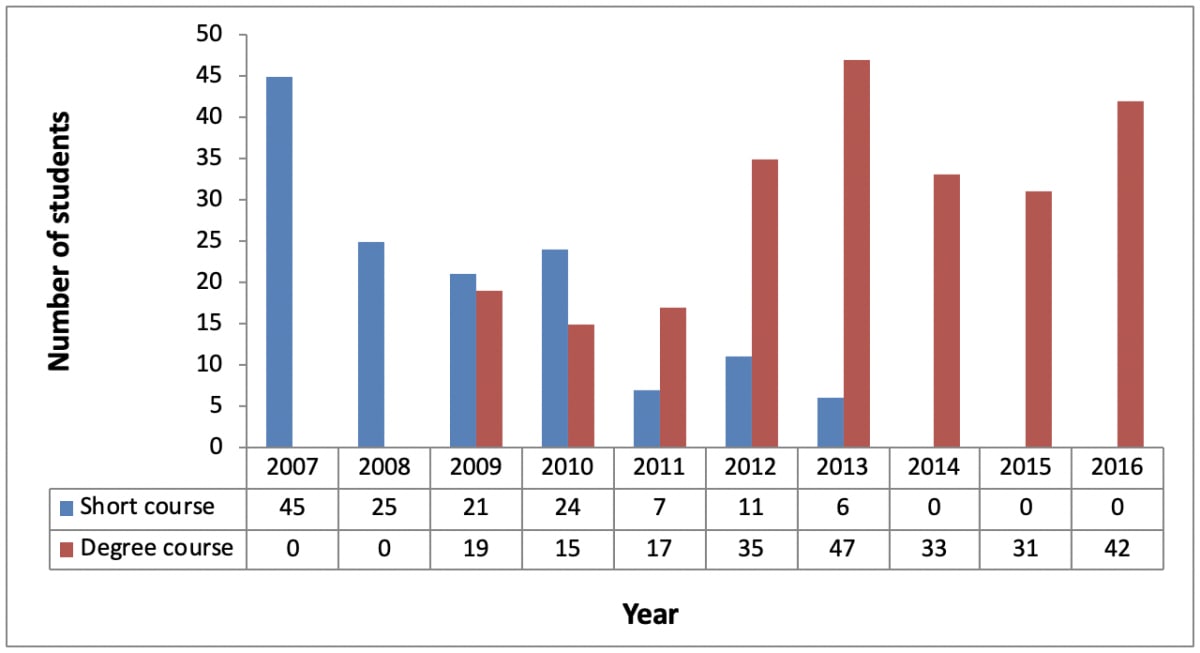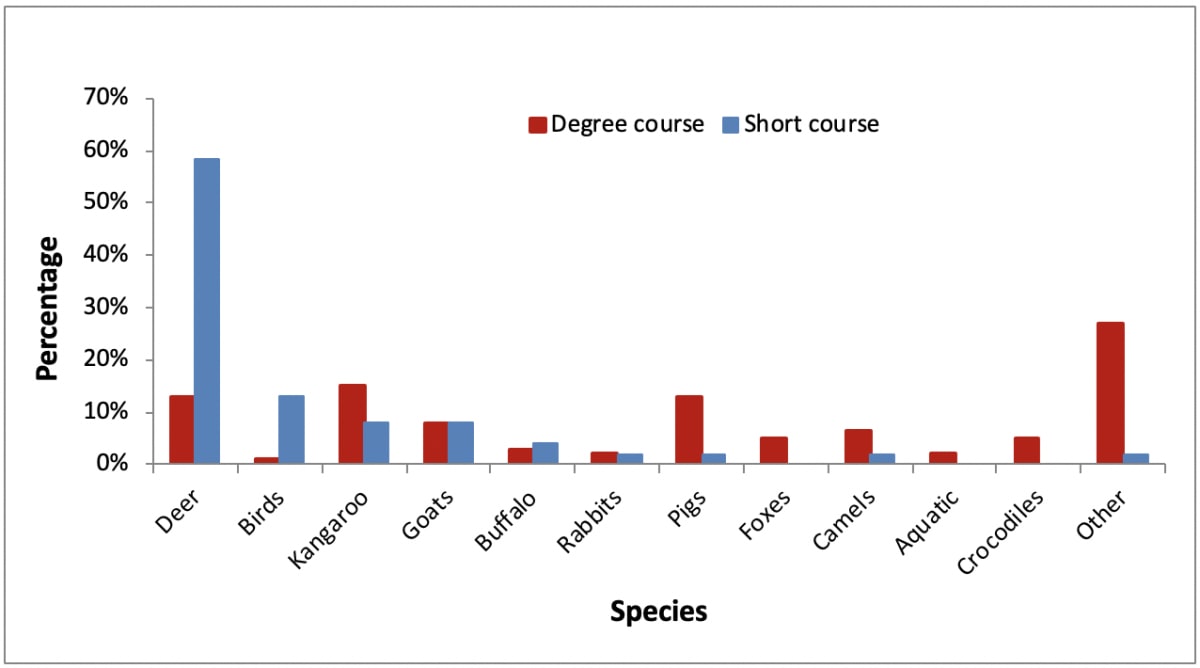By Neal Finch
Many Australians who have been involved with hunting for a long time will have some appreciation for the social, political and physical world hunters and their quarry exist in. You don’t have to read too many Australian hunting magazines before the topic of game management pops up. Someone new to deer hunting in this country would be forgiven for thinking that there is a significant group of hunters out there who are well versed in the subject.
There are potentially 200,000 to 300,000 active hunters in Australia, although an exact figure is hard to establish. There are between 12 to 20 hunting publications regularly available in newsagents (depending on how you define a hunting publication). That’s a lot of people reading a lot of published information related to hunting in our region. References to the need for game management, the importance of good game management or criticising the lack of game management are common. Often authors will compare a specific situation experienced in another continent (Africa, North America or Europe) with an Australian example. Clearly there is an interest in game management within the Australian hunting community. That Australian Deer Magazine has chosen to feature a regular piece on the topic is evidence of this.
So just how many hunters take this interest in game management further than a camp fire discussion? There are many hunter training courses now available to new hunters including the ADA’s own which has been running for over thirty years. Whilst these courses will assist the hunter to find, secure and handle their quarry, they might also spark some interest in the biology of the animals they hunt. I was fortunate enough to be part of a team of staff at the University of Queensland who realised there was a need among Australian hunters to know more about game management. This realisation grew from repeated enquiries from interested hunters!
In 2007 the first cohort of students enrolled in a 12-week short course in ‘Game Management: the science of sustainable use’. A total of 45 people enrolled in the course which was offered by correspondence to allow participation from any state or territory. The following year enrolments were around half this many, a number which was maintained for the next two years (see Graph 1). Participation then dropped off significantly with only 24 students enrolling between 2011 and 2013.
Whilst a trickle of interested hunters has contacted the University of Queensland since 2013 to enrol in the short course there has not been sufficient interest to warrant running a course again so far.
So from a pool of perhaps 200,000 to 300,000 hunters, 139 were interested sufficiently in game management to learn more about the topic via a correspondence course. That’s somewhere around 0.05 per cent of the hunting community suggesting that those with sufficient time and/or interest are not that many after all. There would of course be many hunters with training in related areas such as ecology, biology, fisheries or even agricultural science and those who might have participated in a course overseas such as the Quality Deer Management short course.
However, hunters are not the only ones interested in game. News of the short course in ‘Game Management: the science of sustainable use’ at the University of Queensland did not go unnoticed by the undergraduate students interested in the broader topic of wildlife management. In 2009 the course was offered as a third year elective subject to undergraduates. Whilst the learning material was essentially the same for the two courses the assessment standards were considerably greater for the university students. Interest from degree students has continued and the subject became compulsory for wildlife science students in 2013. It has remained an elective for students from other degrees and enrolments have remained constant over the past five years. In total 239 university students have completed the degree course in ‘Game Management: the science of sustainable use’ so far.
Some interesting differences exist between the two cohorts of game management students. Not surprisingly short course participants averaged around 50 years old and were predominantly male. Almost a quarter of these people worked for government at some level and many were retired. University students who enrol in the subject are mostly in their early 20s and only 30 per cent are male. This level of male participation in a degree course in wildlife management is actually very high. At least 90 per cent of wildlife science students at the University of Queensland are currently female!
Of particular interest to me is the species chosen by students for their Property Based Game Management Plan. The plan is a major piece of assessment for both courses and students are free to select a property and species of interest to them. Almost 60 per cent of all short course students chose wild deer for this assignment which means of our 139 students interested in game management over half were probably deer hunters. The situation for university students is very different, see Graph 2.
So what does all this mean? Possibly nothing more than university students are younger than your average deer hunter! This data could also be seen as an index to the broader socio-political climate in Australia that wildlife management operates in. Most Australian hunters are male and middle aged. I believe it is fair to state that most are not qualified in natural resource management and very few in wildlife management. In contrast the young people seeking academic training in these fields, hopefully with aspirations of one day being employed in this area, are very different. The university students currently studying game management are not opposed to using wildlife. I have marked most of their assignments and can state quite clearly that there are a lot of bright minds with interesting ideas entering the workforce! However, the future crop of wildlife managers is different to the average Australian hunter writing in hunting magazines. Those of us who contribute to the Australian hunting literature should be aware of this fact. It makes good sense to me to take note of just who cares for the game for today and tomorrow!
To read more about Australian Hunters:

